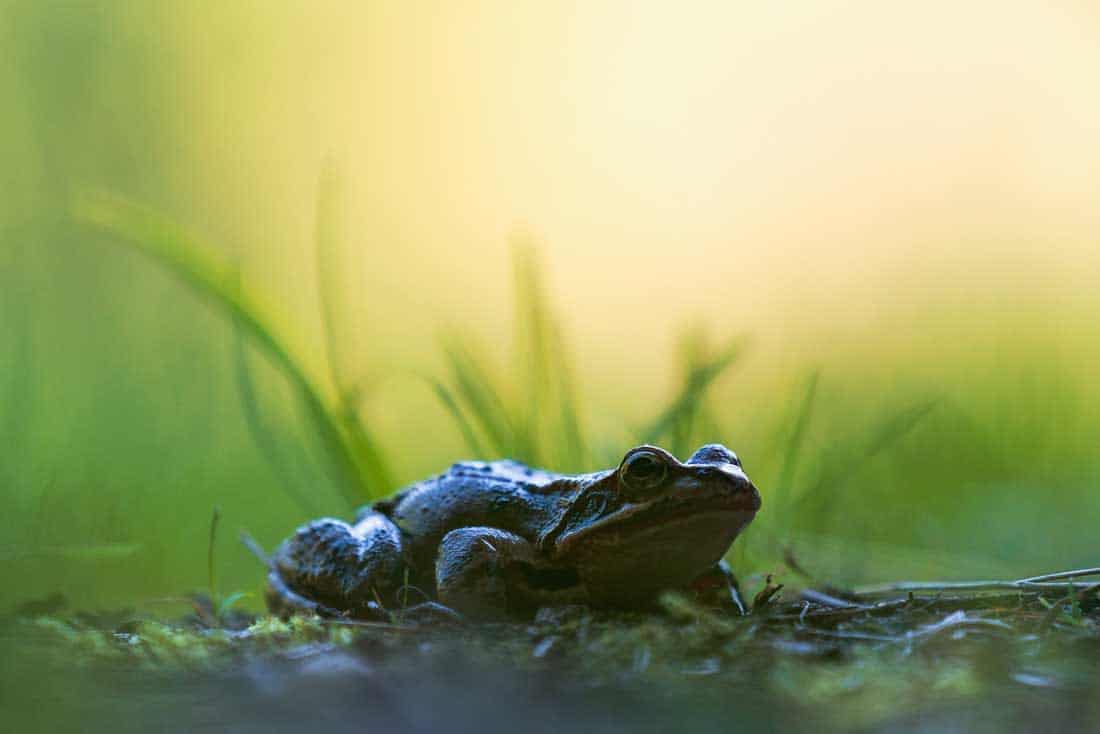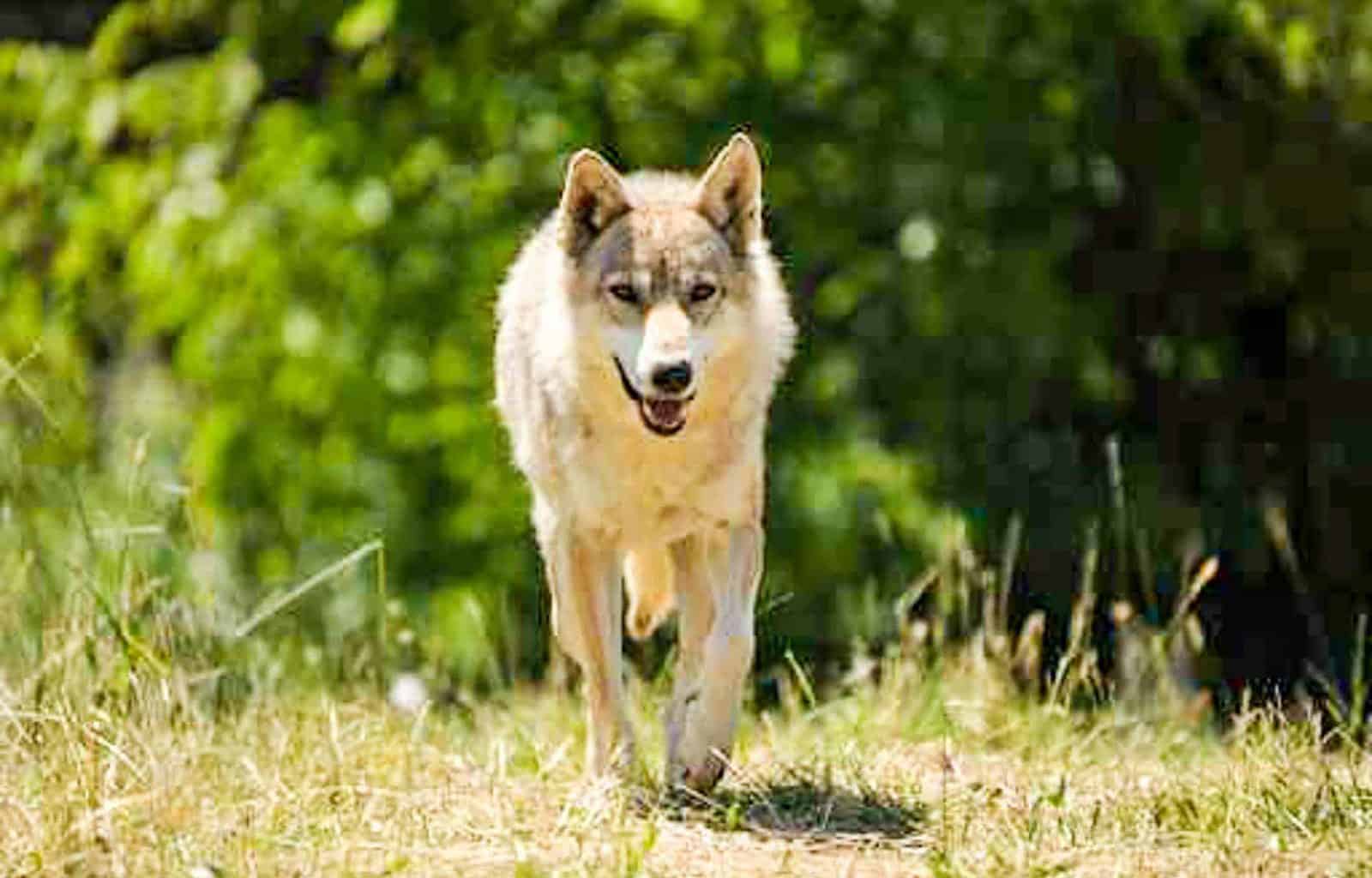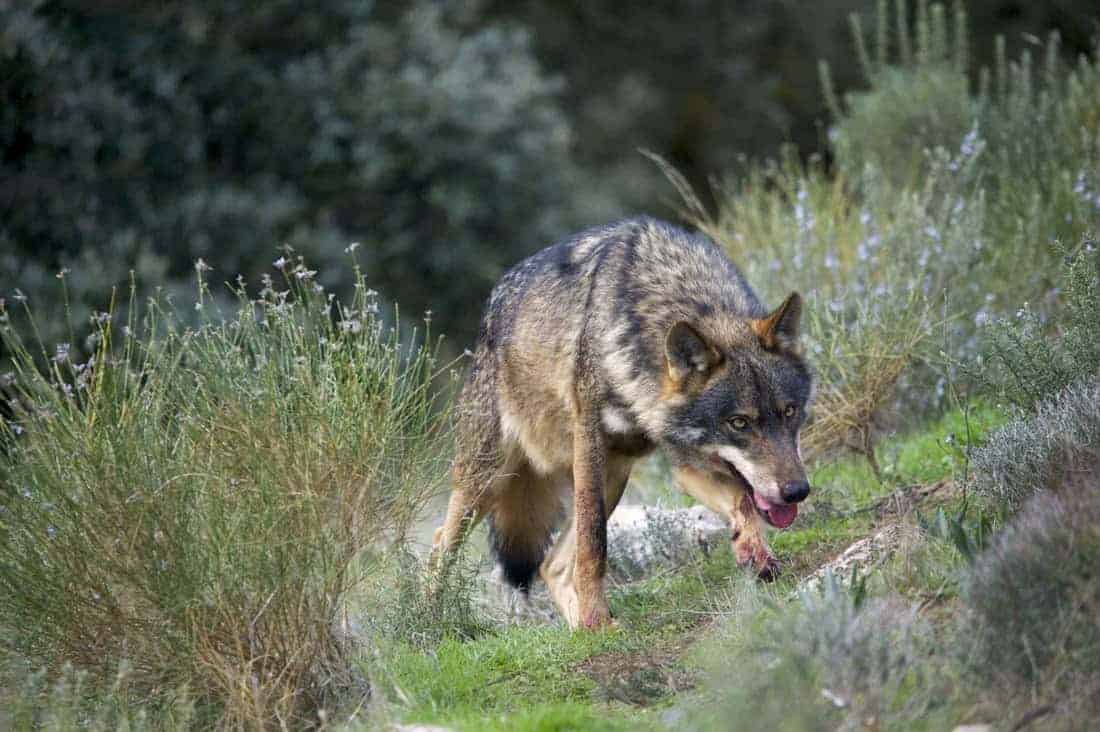Working to save the raptors
The LIFE programme is the EU’s funding instrument for the environment. The general objective of LIFE is to contribute to the implementation, updating and development of EU environmental policy and legislation by co-financing pilot or demonstration projects with European added value.
Please also read: Poisoning wildlife – a growing threat in Europe
The ‘Save the Raptors’ project, which is co-funded by the LIFE programme, aims to conserve Imperial Eagle and Saker Falcon in key Natura 2000 Sites in Bulgaria. There are various actions taken within the framework of the project for instance eliminating one of the most serious conservation problems facing the globally threatened imperial eagle: electrocution. This caused 67% of juvenile mortalities within the breeding territories of 30% of the Bulgarian eagle population, concentrated in Sakar ‘Special protection area’ (SPA), between 2009 and 2013. The project is of the highest importance, not only because Bulgaria harbours some 10% of the EU population, but also because this viable population is the only one within the EU that carry ‘Anatolian’ genes, which make them unique.
There are various direct project actions, which includes the followings:
- Purchase pastures with souslik colonies and land plots, in which imperial eagle nests are found (situated) to ensure their adequate protection
- Protect nests of imperial eagle and saker falcon to allow for tranquility (to prevent disturbance) during the breeding season and monitor the population
- Manufacture (build) artificial nests for imperial eagle and saker falcon and place them in appropriate breeding sites
- Plant trees, characteristic for the region in the sites where riverine forests have been eradicated and there are no trees (poplar trees), suitable for nesting of the imperial eagle
- Provide supplementary feeding during the breeding period and in winter to increase breeding success
- Insulate the most dangerous electricity poles within 5 km radius of the imperial eagles’ nests
The project managed to secure 595 hazardous electricity poles along 59 km, and as a result, no electrocuted eagles have been recorded recently, which contributed to an observed 25% increase in the number of breeding pairs. The project has recently been shortlisted for the award of the Best LIFE project in 2014.








